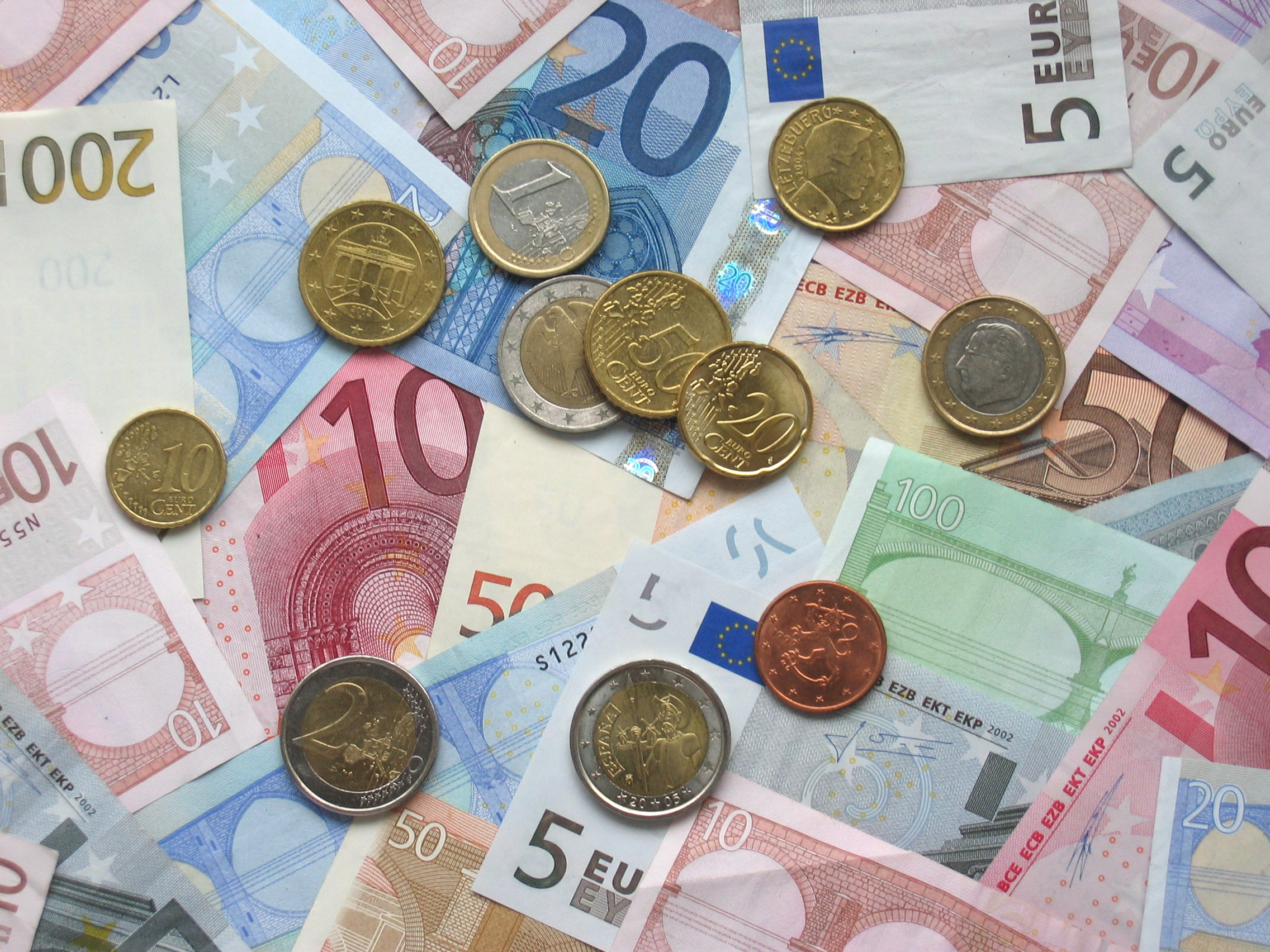The European Single euro turned away from off eight-week lows on Thursday, April 26, as traders prepared for a European Central Bank meeting from which investors will be searching for any signals about when the bank will begin unwinding its stimulus.
The single currency jumped 0.1 percent to $1.2173 EUR= but remains about 2-1/2 cents below highs touched only last week, after a bounce in U.S. Treasury yields fired up dollar-buying and encouraged some to question whether the euro’s rally since last year had run out of steam.
The ECB decision was due at 1145 GMT and president Mario Draghi scheduled his press conference for 1230.
“We think the ECB is probably quite happy with its forward guidance. The euro having weakened probably makes the ECB relatively content with the way markets are priced at the moment,” said Adam Cole, chief currencies strategist at RBC.
After a strong rally into February, the euro has since been stuck in a trading range against a dollar, as investors lowered expectations of an ECB moving rapidly towards the end of its monetary stimulus program.
So far in 2018, the euro has trimmed gains to be up about 1.5 percent so far this year compared to more than 4 percent at the beginning of February.
Traders are also beginning to question whether the dollar is really at risk of a long structural decline – as posited by many – when the Federal Reserve will be raising rates faster than other major central banks.
Cole said euro/dollar was unlikely to budge much if the ECB says little about ending its bond-buying, but that the euro is at risk in the coming months if the market begins to price in more U.S. rate hikes.
“The overwhelming dollar bearish consensus we had at the start of the year has at least moderated,” he said, while adding that most forecasts still had the dollar falling in 2018.
In recent days the euro has sold off heavily and a drop below $1.2154, its March 1 low, would leave it at its weakest since mid-January and erasing most of its 2018 gains.
Elsewhere, Sweden’s crown, one of the worst performing G10 currencies in 2018, fell to its lowest since late 2009 after its central bank postponed monetary tightening until the end of the year, citing weak inflation.
Most investors are bearish on the crown, believing the Riksbank will stick its ultra-dovish tone even as the ECB acts.
The crown fell as much as 0.6 percent to 10.485 EURSEK= crowns per euro before recovering slightly. It was also down half a percent against the dollar SEK=, its lowest since mid-2017, Reuters reports.














